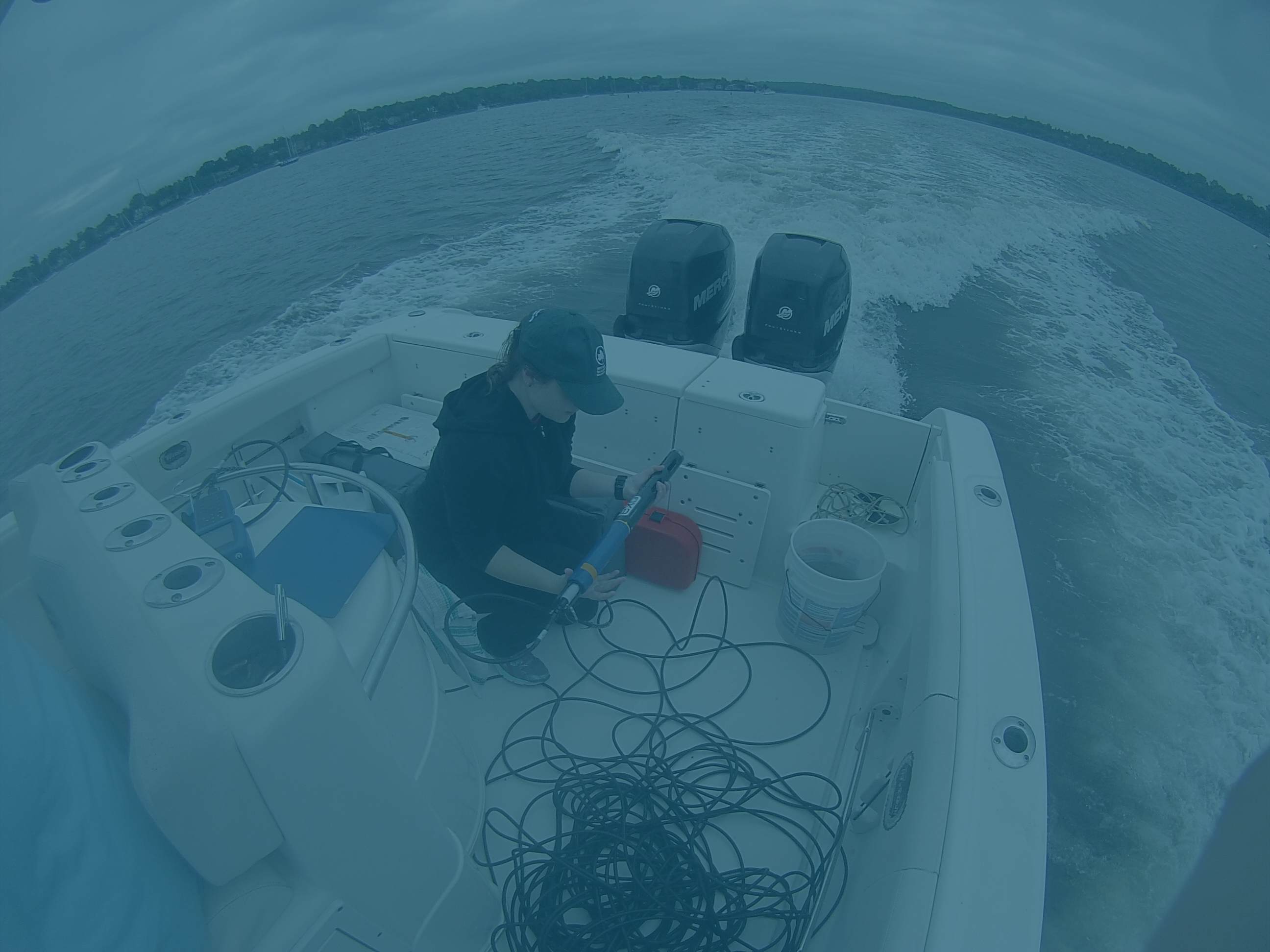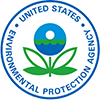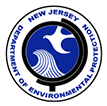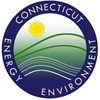
Volunteer Monitoring Program

Volunteer monitoring (also referred to as citizen science) is an opportunity for community citizens to participate in scientific investigations, such as ambient monitoring surveys. Volunteers from community groups collect data to better understand their environment and address local issues of concern. IEC’s volunteer monitoring efforts began in 2016, when IEC provided laboratory space, field equipment, and QA/QC support oversight to two citizen science groups to perform monitoring in the lower New York Harbor. In 2017, based on discussions between IEC, EPA, and NYSDEC, the program expanded this effort into a collaborative volunteer monitoring program for the shared marine waters of the Interstate Environmental District (IED). In 2024, 8 citizen groups were included. The program targets areas which are not routinely monitored by regulatory agencies or other established monitoring programs, particularly areas used for near-shore primary or secondary recreation. The main focus in these areas is pathogen indicators such as enterococcus and fecal coliform, as high levels may indicate sites that need further attention. Citizen programs are provided with a YSI multiparameter sonde in order to analyze routine water quality parameters in-situ, as well as bottles for the collection of samples to be transported to the IEC laboratory and analyzed for pathogen indicators.
IEC’s coordinated volunteer monitoring program is an ongoing, consistent effort intended to empower and engage citizens in the management of water quality issues that have an impact in their communities and environment, while producing high-quality data. Since 2022, there have been 8 groups participating- Billion Oyster Project CWQT, Freshkills Park Alliance, Gowanus Canal Conservancy, Hackensack Riverkeeper, Hudson River Park Trust, Lower Raritan Watershed Partnership, +POOL, and Rahway River Watershed Association. The program aims to engage volunteers to develop a better understanding of the importance of local water resources and to encourage their fellow citizens to take an active role in the preservation and restoration of their local water bodies and watersheds. Data generated from this program may help understand how a change in pathogen indicator may impact the ability of waters of the IED to meet revised water quality standards. This will provide a more comprehensive picture of water quality in the IED. Outputs will include expanded monitoring in areas used for near-shore primary or secondary recreation and publicly available high-quality data that may indicate “hotspot” areas needing follow-up monitoring and further attention, including trackdown efforts.



